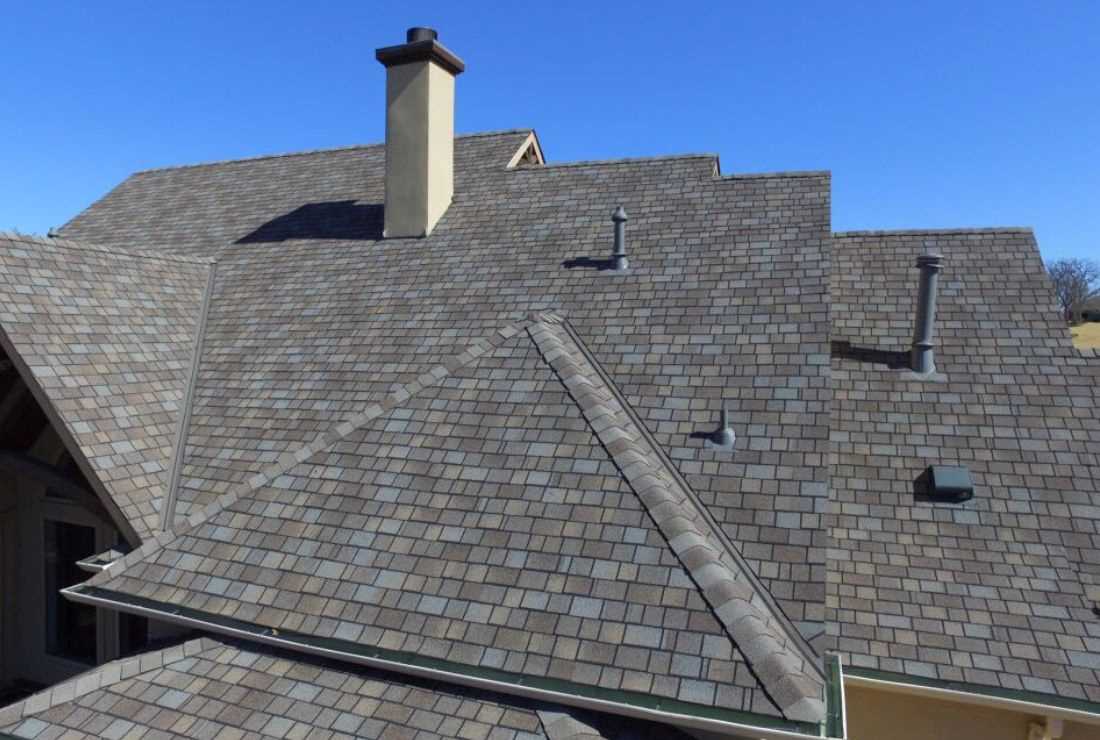A properly functioning sprinkler system timer is essential for maintaining a healthy lawn and garden. It ensures that your landscape receives the right amount of water at the right times, promoting growth and conserving water. However, issues with sprinkler system timers can disrupt this balance, leading to overwatering, underwatering, and wasted resources. This article provides a comprehensive guide to troubleshooting and resolving common sprinkler system timer issues.
Power Supply Problems
One of the most common issues with sprinkler system timers is related to the power supply. If the timer is not receiving power, it will not function correctly. Start by checking the power source. Ensure that the timer is plugged in properly and that the outlet is working. Test the outlet by plugging in another device to see if it receives power.
Another potential issue could be with the internal battery backup. Many timers have a battery backup that maintains settings during a power outage. If the battery is dead, the timer may not function correctly even when connected to a power source. Replace the battery and reset the timer to see if this resolves the issue.
Timer Settings and Programming Errors
Incorrect settings or programming errors can lead to a variety of problems with your sprinkler system. If the timer is not turning on or off as scheduled, review the programming settings. Ensure that the correct time and date are set, as an incorrect time can throw off the entire watering schedule.
Check the start times, run times, and days of the week settings to make sure they are correctly configured. It’s easy to accidentally set the wrong start time or duration, leading to watering at unexpected times or for too long. Refer to the timer’s manual for specific instructions on how to program the device correctly.
Sometimes, timers can be accidentally reset or lose their settings during a power outage. If you notice that your timer is not functioning as expected, it may have reverted to default settings. Reprogramming the timer according to your preferred schedule can resolve this issue. If the timer frequently loses its settings, it might be a sign of a failing internal battery or other internal issues.
Faulty Timer Components
Over time, components within the sprinkler timer can wear out or fail. If the display is malfunctioning or buttons are unresponsive, it could indicate a problem with the timer’s internal components. Begin by performing a reset, as outlined in the timer’s manual. This can sometimes resolve minor glitches or errors.
If the reset does not work, inspect the timer for any visible signs of damage. Corrosion, burnt components, or loose connections can affect the timer’s functionality. In some cases, cleaning the internal components or tightening connections can restore proper operation. However, if the damage is extensive, replacing the timer may be necessary.
It’s also worth considering the age of your timer. Older models may not be as reliable or efficient as newer ones. If you’ve tried troubleshooting and the timer still isn’t working correctly, it might be time to invest in a new, more advanced model. Modern timers often come with additional features such as weather-based adjustments, remote control via smartphone apps, and more reliable components.
Issues with Zones Not Activating
Another common problem with sprinkler system timers is that specific zones may not activate as scheduled. This can be due to several reasons, including wiring issues, valve problems, or timer malfunctions. Start by checking the wiring connections at the timer and the valves. Loose or corroded wires can prevent the signal from reaching the valves, resulting in zones not activating.
If the wiring appears intact, inspect the valves themselves. Solenoid valves, which control the flow of water to each zone, can become stuck or fail. Manually activate the valve to see if water flows through it. If it does, the issue may lie with the timer or wiring. If it doesn’t, the valve may need to be cleaned, repaired, or replaced.
In some cases, the issue may be with the timer’s programming. Ensure that each zone is programmed correctly with the appropriate start times and durations. If multiple zones are not working, it could indicate a problem with the timer’s control panel or a need to reset the system. Consult the manual for specific instructions on how to troubleshoot zone-related issues.
Sensor and Weather Interference
Modern sprinkler systems often include sensors that detect rain, soil moisture, or temperature to adjust watering schedules automatically. While these sensors can save water and improve efficiency, they can also cause issues if they malfunction or are not properly calibrated. If your system isn’t watering as expected, check the sensors to ensure they are functioning correctly.
Rain sensors, for example, can prevent the system from running if they detect moisture. Inspect the rain sensor to make sure it is clean and free of debris. Sometimes, these sensors can get stuck in the “wet” position, even when it’s dry. Resetting or replacing the sensor can resolve this issue. Similarly, soil moisture sensors should be checked to ensure they are correctly calibrated and positioned.
Weather-based controllers adjust watering schedules based on local weather data. If these controllers are not functioning properly, it can lead to overwatering or underwatering. Verify that the weather controller is receiving accurate data and is set up correctly. If the controller relies on an internet connection, ensure that the connection is stable and that the controller is configured to receive updates.
Electrical Interference and Signal Issues
Electrical interference can disrupt the signals sent from the timer to the valves, causing erratic behavior or failure to activate zones. Interference can come from various sources, including nearby electrical devices, power lines, or even weather conditions. To diagnose signal issues, check the wiring for any signs of damage or interference.
Ensure that the wiring is properly shielded and separated from other electrical lines to minimize interference. Using high-quality, weather-resistant wiring can also reduce the risk of signal problems. Additionally, inspect the connections at the timer and the valves to ensure they are secure and free of corrosion.
If you suspect that external interference is the cause, consider relocating the timer or adding signal boosters to strengthen the communication between the timer and the valves. In some cases, upgrading to a newer timer with better shielding and signal capabilities can resolve these issues.
Regular Maintenance and Inspection
Preventative maintenance is key to avoiding many common sprinkler system timer issues. Regularly inspect your timer, wiring, valves, and sensors to ensure they are in good working condition. Clean the components as needed to remove dirt, debris, and corrosion that can interfere with their operation.
Testing your system periodically can help identify issues before they become major problems. Manually run each zone to ensure that the valves open and close correctly and that the timer is sending signals as expected. Adjust the settings and programming as needed to account for seasonal changes in weather and water requirements.
Keeping a maintenance log can be helpful for tracking issues and repairs. Document any problems you encounter, the steps you took to resolve them, and any parts that were replaced. This information can be valuable for future troubleshooting and can help you identify recurring issues that may indicate a need for professional repair or replacement.
When to Call a Professional
While many sprinkler system timer issues can be resolved with basic troubleshooting and maintenance, some problems may require professional assistance. If you’ve tried the steps outlined in this article and your timer is still not working correctly, it may be time to call a sprinkler repair service. Professionals have the expertise and tools needed to diagnose and fix more complex issues.
Electrical problems, in particular, can be dangerous to handle without proper training. If you suspect that there is a significant electrical issue with your sprinkler system, it’s best to contact a professional to avoid the risk of injury or further damage to your system. Additionally, if your timer is under warranty, attempting repairs yourself may void the warranty. Check the warranty terms and consider contacting the manufacturer or an authorized repair service for assistance.
Conclusion
Troubleshooting sprinkler system timer issues involves a systematic approach to identifying and resolving power supply problems, programming errors, faulty components, and sensor interference. Regular maintenance and timely repairs can help keep your system running smoothly, ensuring that your lawn and garden receive the proper care. When in doubt, seeking the assistance of a professional sprinkler repair service can provide peace of mind and ensure that your system is functioning optimally. By addressing these common issues, you can maintain a healthy, vibrant landscape all year round.




